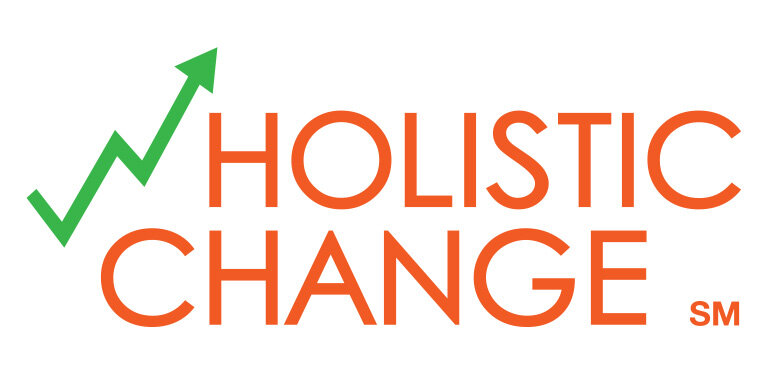All change efforts have an inherent element of evolution in them. The change will change along the way, with different elements gaining momentum and catching on faster than others, and with some elements that need to be reconfigured as you go.As things evolve, pay attention to what is winning out -- "survival of the fittest" should mean survival of the best options for advancing your organization toward its goal. An interesting thing can happen, though -- what if the element definition that evolves and wants to survive doesn't really appear to be advancing toward the stated organizational goal?It could mean that the stated goal of your change effort might merit a re-visit. Have the benefits been defined correctly and realistically, are they really beneficial to your organization, and does the fall-out of getting to the goal leave bodies along the wayside as you go? I'm not saying that bodies along the wayside can always be avoided, but you need to be aware of the survival instinct that will cause people to cling to what they know and try to evolve the change back to what is comfortable for them.It could also mean that your stated goal needs a re-visit because the newly evolving element is better than where you were originally headed. The collective intelligence of your change team and the feedback of the organization may have identified a better answer.Recognizing that change is evolutionary and staying open to it will keep your organization nimble and give you a better chance of survival!

